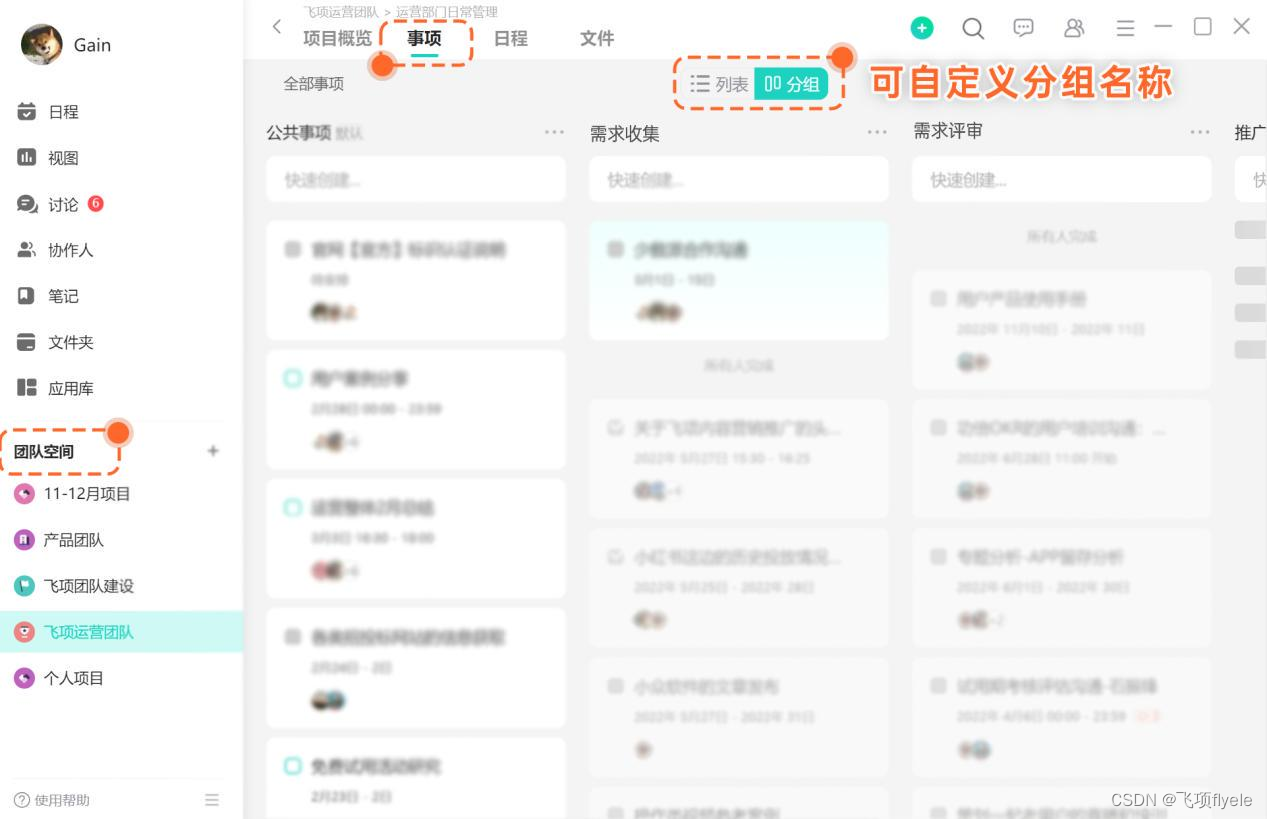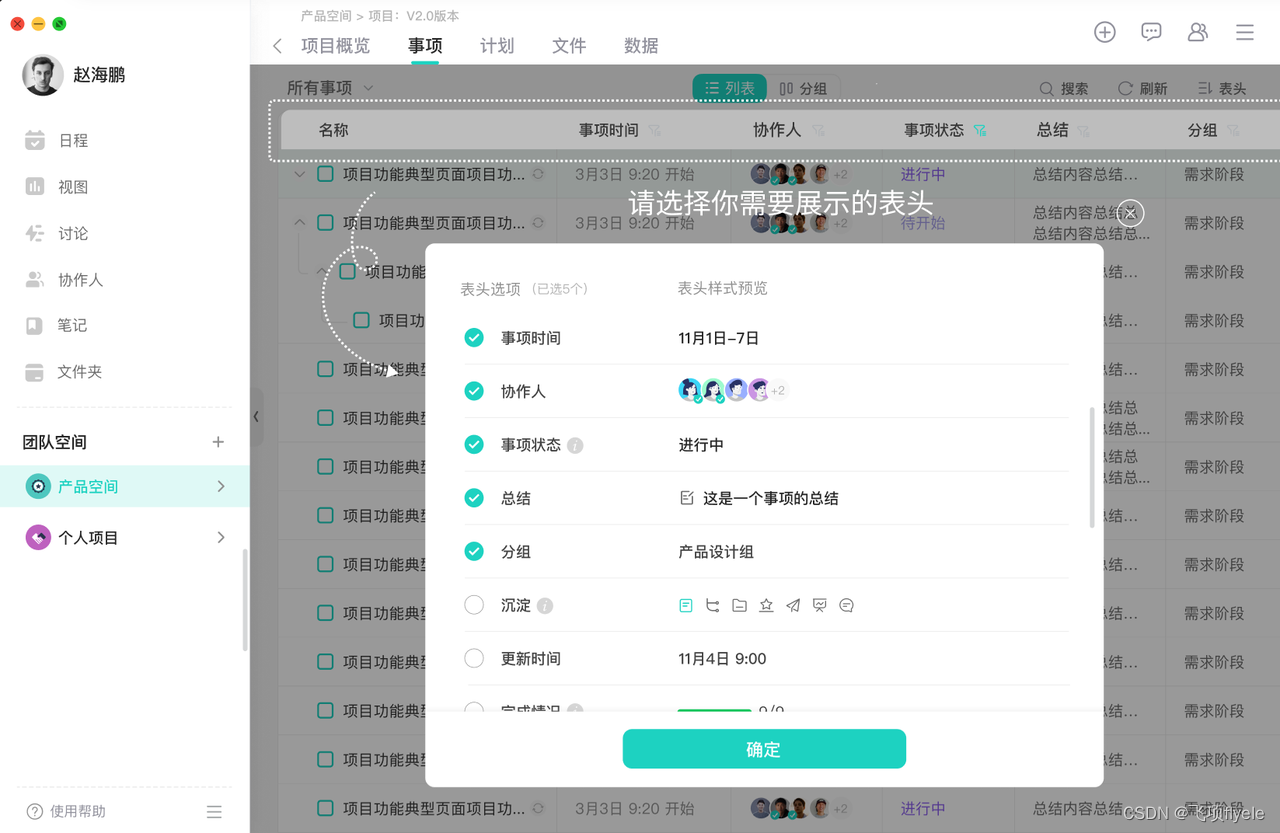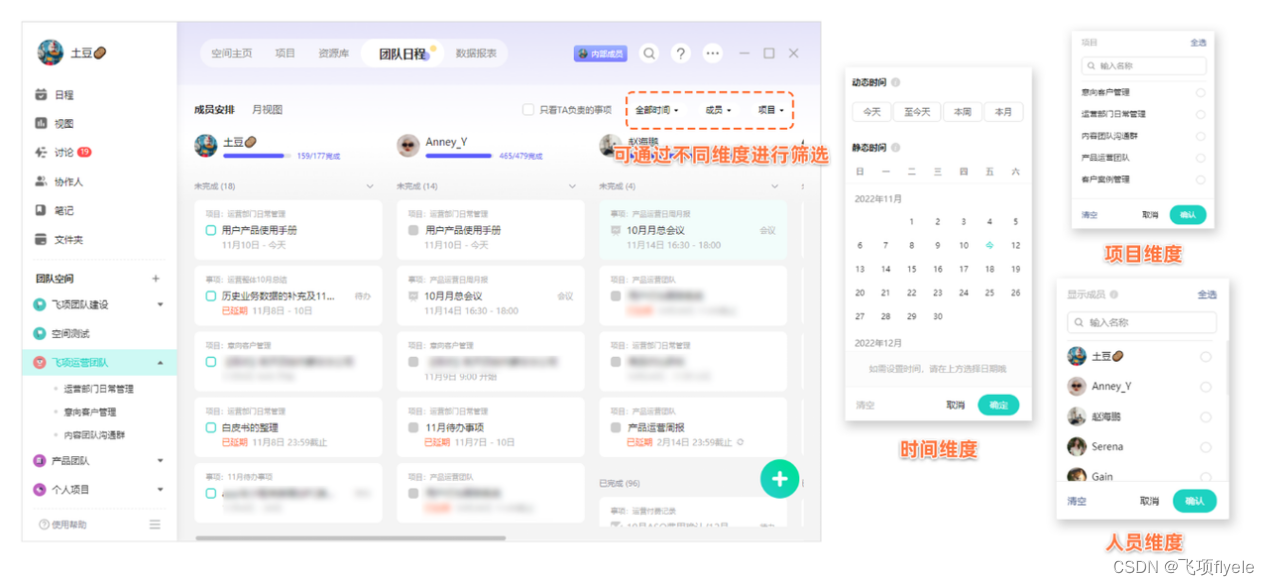Many project managers think that requirements management is the product manager's business and has nothing to do with the project manager.
They all focus on the progress and quality, but often the success or failure of a project has already had signs from the beginning. That is, there is no demand management, or even no demand management.
Today Dumbo Elephant will talk about how to use Feixiang to do a good job in demand management and solve problems fundamentally.
01 Requirements processing: judging and filtering requirements
Project managers know that the requirements pool of each project has many and complicated contents, and not every requirement can be launched online. Therefore, in order to make the project land safely, it is necessary to have a standardized requirements processing process.
In this regard, you can use the workflow template of the project application library to review the collected requirements, filter and judge whether to accept the requirements, and give timely feedback to all relevant parties.

Through the standardized demand processing process, the project manager can quickly grasp the effective demand, choose the optimal solution, and help the project to execute smoothly.
02 Requirements classification: easy for follow-up management
The requirements collected by the previous filtering need to be further classified: by distinguishing the requirements of different situations and stages, and configuring different manpower, material resources and resources, it is convenient to realize standardized demand management in the future.
In this regard, you can use the [Item Grouping] function in the project of the project to group the same type of requirements into the same group, and support custom group names to facilitate overall management.
03Requirement priority confirmation: distinguish priorities
Requirement prioritization is very important in project management and largely determines your success or failure. Generally, the following models can be used to sort the requirements.
After the sorting is completed, you can use the custom view function of the fly item to separate out the key requirements for management, making the management work more orderly.

04Demand control: do a good job in the management of demand and progress
In the process of implementing requirements, it is also necessary to monitor progress in real time, keep information synchronized, and solve problems in a timely manner in order to ensure the steady progress of the project.
In this regard, you can use the item list function in the project project to view all the items in the project like a table, support multi-dimensional screening and sorting, control the project completion progress at any time, and warn of delay risks
At the same time, it can also perform batch operations according to the time, source, related parties, collaboration process, completion status, etc. of different requirements to help project managers manage and control the most important and urgent requirements at the moment.
In addition, for the requirements distributed to subordinates, the project manager can also filter through time, members, and projects in the project space-team schedule, and see all the requirements and progress that each member is responsible for, so as to coordinate people and things well manage.
Requirements are the cornerstone of everything, and reasonable and controllable requirements management can make subsequent development, configuration, testing, and changes more clear and definite.
The above is about the use and sharing of project requirements management, I hope it will be helpful to all project managers!